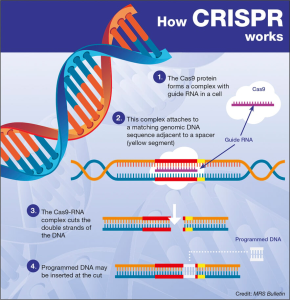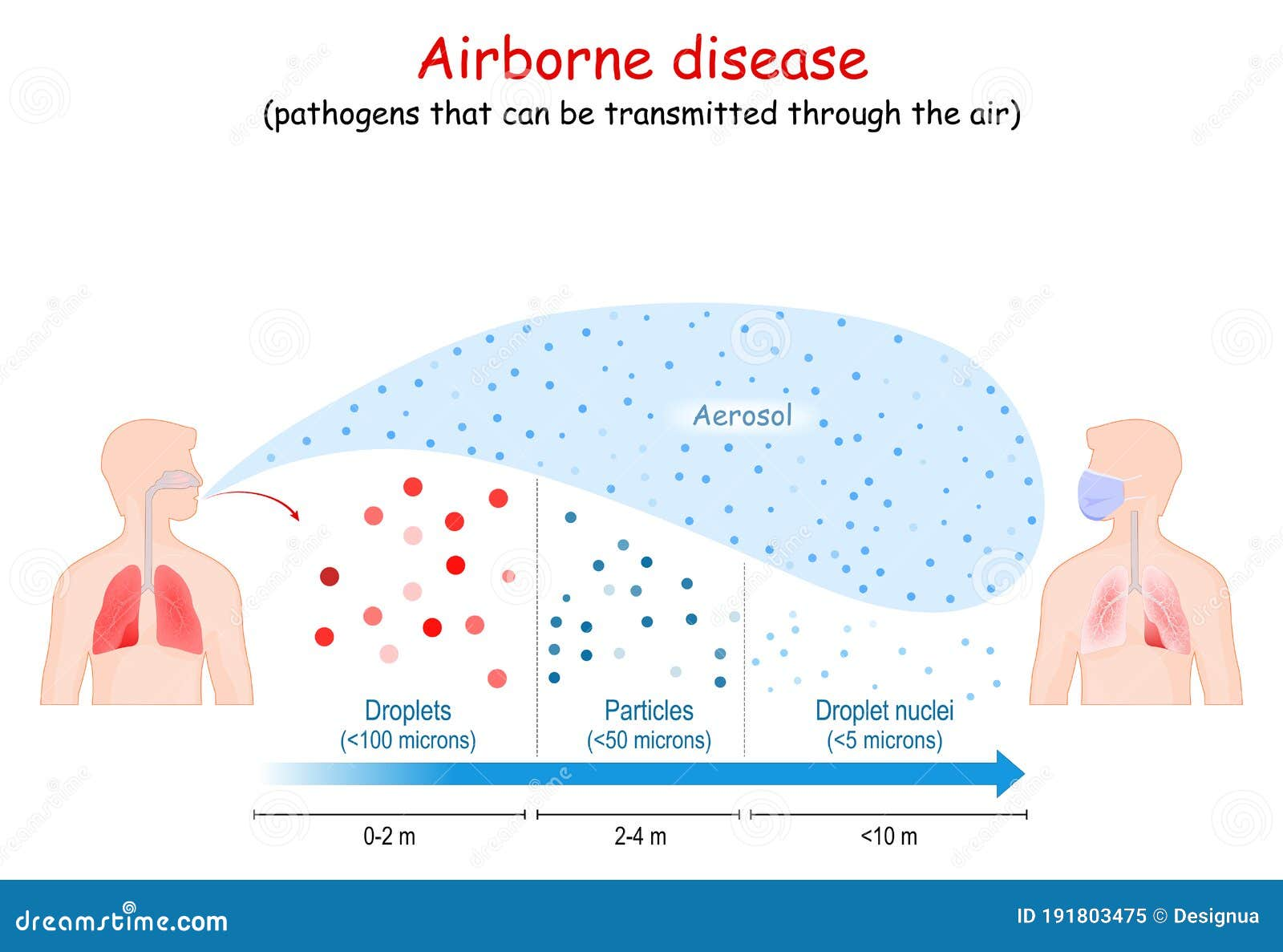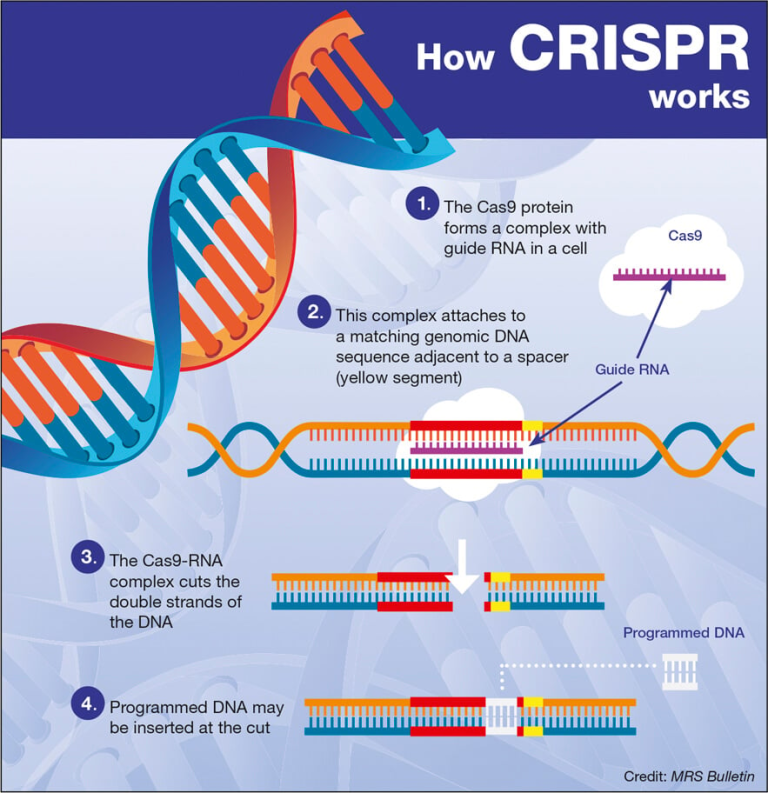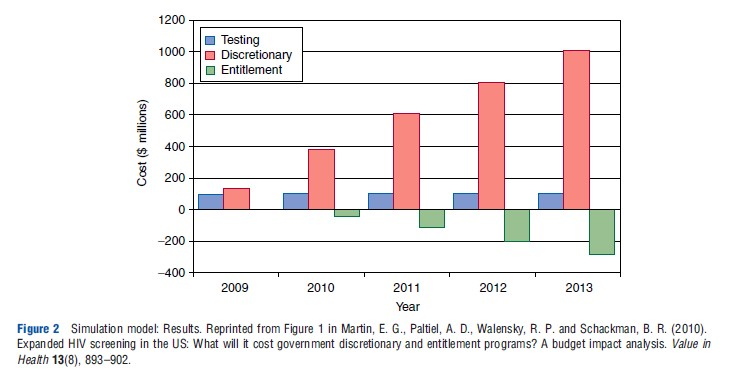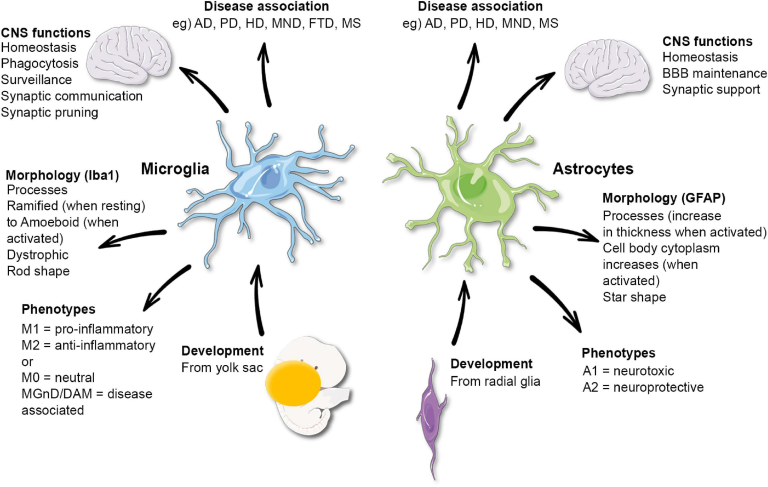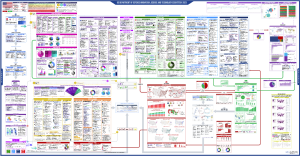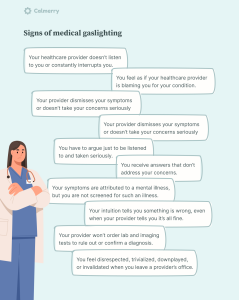Airborne diseases pose a significant challenge to public health, as they are easily transmitted through the air by airborne pathogens. The lingering effects of these diseases can be profound, impacting individuals and communities alike. As science continues to unveil the complexities of disease transmission, understanding how microorganisms in the air can affect health becomes increasingly vital. Influential scientists like William Firth Wells have contributed groundbreaking research that emphasizes the importance of this invisible threat. In his recent discussions, science writer Carl Zimmer highlights the historical context and the ongoing relevance of studying these airborne infectious agents.
The concept of airborne infections, often referred to as aerial diseases, encompasses various illnesses spread through microscopic particles in the atmosphere. These pathogens can linger in the environment and be inhaled by unsuspecting individuals, leading to widespread outbreaks. Historical figures in this field, such as Wells, have paved the way for our current understanding of how air quality affects health, demonstrating that the air we breathe is not just a mixture of gases, but a potential carrier of disease. Thus, the exploration of disease dynamics through air has evolved significantly, underscoring the interconnectedness of health and environmental science.
Understanding Airborne Diseases: A Historical Perspective
The study of airborne diseases has a storied history that reflects our evolving understanding of disease transmission. Early theories, such as the concept of ‘miasmas’ posited by Hippocrates, suggested that harmful vapors emitted from decaying matter or bad air were responsible for illness. This view dominated for centuries, hindering significant advancements in germ theory. It wasn’t until the meticulous work of scientists like William Firth Wells that the focus shifted towards the microorganisms living in the air, paving the way for contemporary insights into airborne pathogens.
Carl Zimmer’s recent exploration into the history of airborne pathogens highlights how societal attitudes and scientific personalities have influenced public acceptance. Despite the strong evidence presented by thinkers like Wells, conditions in academia often stifled innovative ideas. The resistance to acknowledging airborne transmission persisted into modern times, reminding us that understanding disease is not purely a scientific endeavor; it also necessitates effective communication and public outreach to break down long-standing misconceptions.
The Contributions of William Firth Wells to Airborne Disease Research
William Firth Wells is recognized for his vital experiments in the early 20th century, which laid foundational knowledge about the breathable microorganisms that could spread infections. His work with a centrifuge in the 1930s demonstrated that airborne particles could harbor disease-causing agents. This groundbreaking research contradicted traditional views regarding disease transmission, yet he struggled with public perception and acceptance, often overshadowed by his less charismatic demeanor and controversial academic relationships.
Despite the setbacks caused by personality clashes within academia, Wells continued to advance the understanding of airborne pathogens through innovative research. His creation of infection chambers provided crucial insights into how diseases like tuberculosis could spread in confined spaces. Together with his assistant Richard Riley, Wells was able to prove his theories through rigorous experimentation. Their efforts not only underscored the relevance of Wells’ ideas but also illustrated how personal dynamics and academic politics can significantly impact scientific progress.
The Role of Microorganisms in the Air and Disease
The presence of microorganisms in the air is something we often overlook, yet they play a crucial role in human health. Research indicates that these airborne pathogens are not just passive particles; they can actively contribute to the spread of diseases. Understanding how these microorganisms behave in various environments, such as schools or hospitals, is critical for public health officials in preventing outbreaks. Carl Zimmer’s discussions emphasize the need for rigorous study and monitoring of these microorganisms to fully grasp their impact on public health.
The dynamics of microorganisms in the air can vary dramatically depending on environmental conditions, such as humidity and temperature. Identifying and mitigating the risk of exposure to airborne pathogens is essential in settings where vulnerable populations congregate. The historical context added by William Firth Wells’ work reinforces this notion, indicating a continuous need for improved air quality standards and hygiene practices to protect individuals from airborne diseases. As we navigate these challenges, ongoing research and public awareness remain vital.
The Impact of Personalities in Scientific Research
The story of Wells highlights how a scientist’s personality and public image can significantly influence the advancement of scientific knowledge. Despite his critical contributions to our understanding of airborne diseases, Wells faced considerable barriers due to his demeanor and communication style. Zimmer’s observations about Wells’ struggles reveal a broader truth in the scientific community: that charisma and relatability can often overshadow the substantive quality of one’s research.
The implications of this phenomenon are profound; young scientists might feel pressured to conform to particular social norms rather than focus on their innovative ideas. Recognition and acceptance in the scientific realm can hinge more on personality than on merit. This reality calls for a reevaluation of how we support researchers, highlighting the importance of creating an inclusive environment where diverse personalities can contribute to scientific dialogues and breakthroughs.
The Influence of Historical Figures on Public Health Policies
Historical figures like William Firth Wells have played pivotal roles in shaping public health policies regarding airborne diseases. His research not only provided insights into how infections spread but also called for the implementation of specific health measures to mitigate airborne transmission. The controversies surrounding Wells’ and his contemporaries’ theories navigate the complex relationship between science and public health policy, illustrating the barriers that can arise when established beliefs come into conflict with emerging evidence.
As we advance in the understanding of airborne pathogens, it’s crucial to reassess how historical narratives inform current public health practices. The resistance faced by Wells serves as a cautionary tale against underestimating the potential of new research and the experts behind it. Modern public health initiatives must embrace scientific innovation while ensuring that those who challenge the status quo receive the recognition and support they deserve.
Lessons from Airborne Disease Control in Modern Times
The research into airborne diseases and pathogens has become increasingly relevant, especially in the face of recent global health crises. The lessons learned from historical figures like Wells remind us of the importance of adaptive strategies in controlling airborne infections. As Zimmer emphasizes in his work, understanding the nuances of disease transmission is essential for implementing effective interventions, such as ventilation improvements and environmental monitoring in public spaces.
Moving forward, public health frameworks must incorporate the holistic view of disease transmission, considering not only traditional routes but also airborne pathways. This necessitates collaboration among scientists, policymakers, and public health officials to create informed strategies that prioritize community wellbeing and safety. Drawing on past research and acknowledging the contributions of innovative minds like Wells can provide valuable insights into enhancing current and future public health responses.
Carl Zimmer’s Perspective on Scientific Communication
Carl Zimmer’s insights into the world of scientific communication highlight the critical role of engaging storytelling in the promotion of scientific ideas. Although Wells’ discoveries were pivotal, it was his lack of effective communication that led to his research being sidestepped and undervalued. Zimmer’s examination of this dynamic stresses the necessity for scientists to transcend their complex ideas into accessible narratives that resonate with the general public.
Effective communication is vital to fostering trust and understanding in the scientific community. As demonstrated through Zimmer’s exploration, successful dissemination of research findings can substantially influence public attitudes towards health practices and policies. This underscores the need for scientists to prioritize outreach and education, ensuring that their findings are not only confined to academic circles but also reach and foster awareness in the broader community.
The Future of Research on Airborne Pathogens
As we look to the future, research on airborne pathogens remains more relevant than ever. Given the increasing prevalence of respiratory diseases and global mobility, understanding how airborne infections operate is crucial. The foundational work of Wells provides a platform for current scientists to build upon, as they explore new dimensions of disease transmission and develop innovative solutions for prevention and control.
Additionally, as new technologies emerge, there is an opportunity for more sophisticated methods to study the dynamics of airborne pathogens. Enhanced air quality monitoring systems and advanced laboratory techniques can lead to breakthroughs in our understanding of how diseases spread through the air. The legacy of researchers like Wells serves as a reminder of the importance of fostering an environment that supports these innovative explorations, ensuring that we are better prepared to address the challenges that lie ahead.
Revisiting the Germ Theory in Light of Airborne Transmission
The germ theory of disease, championed by scientists like Louis Pasteur and later expanded by researchers such as Wells, has undergone significant revisions as newer evidence emerges. As our understanding of airborne pathogens grows, it becomes increasingly clear that many infections are not only transmitted through direct contact but also through aerosols and droplets in the air. This critical reevaluation has major implications for how we approach disease prevention and control.
Integrating findings on airborne transmission into the broader framework of germ theory could enhance public health responses significantly. Public institutions can improve strategies for managing outbreaks by recognizing that pathogens can transcend traditional vectors, such as food or water. The intersection of historical knowledge and modern scientific inquiry is vital for crafting effective, evidence-based public health policies.
Frequently Asked Questions
What are airborne diseases and how are airborne pathogens transmitted?
Airborne diseases are illnesses caused by pathogens that are transmitted through the air, primarily via tiny droplets or aerosols that can linger in the atmosphere. These airborne pathogens can include viruses, bacteria, and fungi that, when inhaled, can lead to infections such as the flu, tuberculosis, and COVID-19.
Who is William Firth Wells and what contributions did he make to the study of airborne diseases?
William Firth Wells was a pioneering researcher in the field of airborne diseases. He conducted groundbreaking experiments in the 1930s that demonstrated how airborne pathogens could be transmitted through human exhalations. His work provided strong evidence for the airborne transmission of diseases and introduced concepts like using ultraviolet light to kill these pathogens.
What role did Carl Zimmer play in the public understanding of airborne diseases?
Carl Zimmer is a science communicator and author who has contributed significantly to the public understanding of airborne diseases. Through his writings, including his book ‘Air-Borne: The Hidden History of the Life We Breathe,’ he highlights the importance of acknowledging airborne pathogens and the historical journey toward recognizing air as a medium for disease transmission.
How did the historical perception of disease transmission evolve in relation to airborne diseases?
Historically, the perception of disease transmission primarily focused on water and foodborne pathogens, with little acknowledgment of airborne diseases. It wasn’t until the contributions of scientists like William Firth Wells that the significance of airborne pathogens was fully understood, reshaping how researchers viewed infection and disease spread.
What are some common examples of diseases caused by airborne pathogens?
Common diseases caused by airborne pathogens include the flu, tuberculosis, chickenpox, measles, and COVID-19. These diseases can spread quickly in populated areas, underscoring the importance of studying airborne transmission and developing effective public health measures.
How can we protect ourselves from airborne diseases?
Protecting ourselves from airborne diseases involves various strategies including wearing masks, improving ventilation in indoor spaces, practicing good hygiene, and getting vaccinated against specific diseases. Awareness of airborne pathogens and their transmission routes is crucial for effective prevention.
What are the implications of ignoring airborne pathogens in disease prevention strategies?
Ignoring airborne pathogens in disease prevention can lead to inadequate responses during outbreaks. As highlighted in research by William Firth Wells, recognizing the role of airborne transmission is essential for developing effective strategies to control and prevent the spread of infectious diseases.
| Key Points | Details |
|---|---|
| Introduction of Airborne Diseases | The historical journey of understanding airborne diseases begins with ancient theories and progresses through significant discoveries. |
| Carl Zimmer’s Presentation | Carl Zimmer discusses his book ‘Air-Borne: The Hidden History of the Life We Breathe’ and highlights the importance of personality in scientific acceptance. |
| William Firth Wells’ Contributions | Wells conducted significant research on airborne pathogens but faced challenges due to his personality and conflicts with colleagues. |
| Technological Innovations | Wells developed methods like centrifuges and infection chambers to study the transmission of airborne microorganisms. |
| Challenges in Research Acceptance | Despite solid evidence, Wells’ theories struggled for acceptance due to his lack of charisma and administrative conflicts. |
| Conclusion of Zimmer’s Talk | Zimmer remarks on the ongoing challenges in airborne disease research, emphasizing the need for persistence in the face of societal and personal hurdles. |
Summary
Airborne diseases have posed a significant challenge to public health for centuries, with their understanding evolving through the contributions of various scientists. Carl Zimmer’s exploration into the life and work of William Firth Wells reveals that both groundbreaking research and the acceptance of concepts related to airborne transmission can be highly influenced by the personalities of those involved. As history demonstrates, the path to recognizing airborne diseases has been marked by both scientific triumphs and setbacks, underscoring the critical need for continued research and innovative approaches in addressing these health threats.
